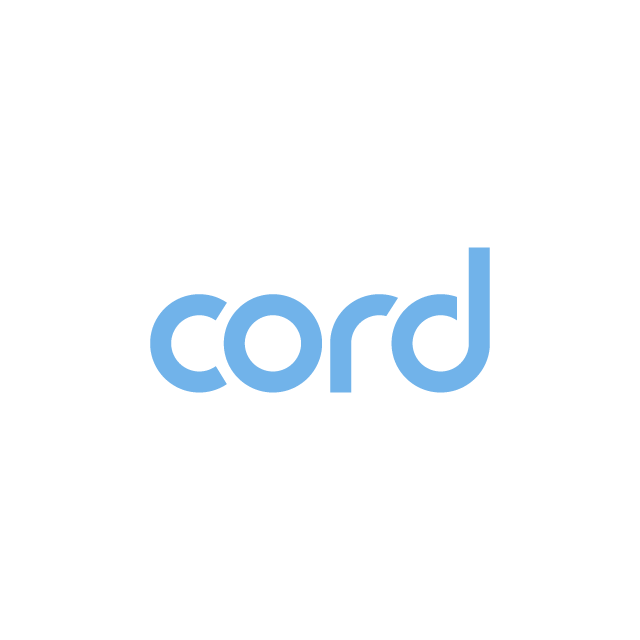CASE
STUDIES
Looking for some proof? Good on you.
Keep scrolling to discover how I’ve made an impact with brands like yours.
1. lEADERSHIP EFFICACY
Here’s how I helped boost employee engagement rates by 30% - in a B2C tech company with 40 employees:
-
• A siloed, inexperienced leadership team.
• The team were struggling to hit goals and drive product development.
• A pivot in the strategy meant restructuring the team so morale was also low.
-
After our discovery call, we dived straight into:
• Gathering insights from the leadership team (through interviews)
• A Team Assessment Survey (using The Rocket Model) for quantitative data collection
• Designing workshops with the founder
The series of workshops included:
Reviewing and chatting through the team results from The Rocket Model. Using these insights, we set a baseline measure of performance and came up with key strengths and opportunities.
Then, we explored the opportunities in more detail. I focused on connecting the leadership team to their mission - and worked on developing trust.
In the last workshop, we built a 6-month plan. This involved creating a performance scorecard and setting clear accountability measures.
-
• Baseline team performance measure (using insights from The Rocket Model).
• Prioritised action plan: a clear action plan related to activities and outputs.
• Performance scorecard: a scorecard to help measure progress and maintain accountability. We made sure this was embedded in leadership team meetings, performance goals, 1:1, and performance reviews.
-
• 100% of the employees rated workshops as valuable.
• Opportunities areas increased by 30-60% in each of the three targeted areas.
• 30% increase in employee engagement rates
2. pay strategy
I partnered with a B2B co-working company, which had 50 employees. Over 12 months, we’d reduced turnover by 20%, increased average tenure by 30%, and boosted employee engagement by 20%.
-
• There wasn’t a process for how/why/when salaries were reviewed.
• Pay reviews were ad hoc and arbitrary. (In other words, not scalable.)
• This company wanted to establish processes and communications to offer clear guidelines and expectations.
-
After a discovery session with the founder, we:
• Reviewed current data, practice and processes.
• Held a workshop with the leadership team to create role levels across the business.
• Did another workshop on pay philosophy, defining principles and parameters.
• Led salary benchmarking (using the principles and parameters), comparing it against relevant industries and companies.
• Designed salary bands, incorporating vertical and horizontal progression pathways.
• Reviewed existing team data. Applied role levels and benchmarking to them.
• Made recommendations against the role levelling, salary bands and market data - ready for the senior leadership team to sign off.
• Led manager workshops about communicating/integrating the new philosophy and process.
• Created guidelines for promotion, progression and on-going benchmarking/reviews.
-
• Role level progression framework: a fully developed progression framework by level - with impact and competency guidance.
• Scalable salary benchmarking process: a repeatable process for annual benchmarking.
• Salary bands by role/function: transparent salary bands that encourage both vertical and horizontal progression.
• Scalable salary review process: a clear annual salary review and off-cycle process.
• Pay philosophy: a clear framework integrated within the team. Folks now understand the how, when and why of pay decisions.
• Salary calculator: a tool to improve consistency and fairness of pay decisions, based on pay philosophy parameters.
• Manager guidelines and pay script templates: empowering managers to hold high-impact pay conversations.
• Promotion and progression guidelines: how, when and why people can expect to progress or be promoted within the company.
-
• We boosted employee engagement by 20% over 12 months.
• Turnover reduced by 20% over 12 months.
• Average tenure increased by 30% over 12 months.
• 95% manager satisfaction with pay strategy.
3. manager development
By supporting a B2B tech company (with 60 employees), 95% of managers reported that their management approach had improved.
“Danielle dealt with the escalating needs of a rapidly growing business with skill and an enviable level of calmness.”
-
• The company had first-time managers who didn’t have formal training.
• Their teams considered them “nice” (which is great, but we prefer “kind”). This hindered how effectively they could manage their teams.
• To drive performance and foster positive team dynamics, managers needed equipping with new capabilities.
-
• Manager workshop: we gathered insights on key behavioural areas and competencies. We used this to create standards for managers to keep track of alignment.
• Team member surveys: we surveyed team members to get a baseline assessment of managers’ performance (against the newly defined standards).
• Bite-sized manager workshops: a series of monthly, bite-sized development workshops. These covered key management topics like leadership styles and approaches, critical conversations and feedback, good goal setting, and building high-performing teams.
• Psychological insights: workshops incorporated psychological insights, tools and frameworks. These were easily applied to day-to-day practices.
• Personal development goals: managers learned about their values and preferences - understanding how these influence their leadership style. They set their own development goals aligned with the programme objectives.
• 1:1 coaching sessions: managers had access to monthly 1:1 coaching sessions, where I offered tailored support.
• Progress assessment: after the programme, we re-administered the baseline survey to assess change in effectiveness. This gave managers tangible feedback on their growth.
-
• Key manager standards: alignment on expected behaviours and competencies to serve as a benchmark.
• 6 x manager workshops: addressing immediate needs and challenges, providing practical solutions, and driving performance.
• Personalised development plans: personalised goal setting and development plans with actionable steps for improvement.
• Manager scorecards: providing baseline measurements of effectiveness. This also allows managers to track progress, and get valuable feedback on their development. This fostered both accountability and motivation.
-
• Within 6 months, employee engagement increased by 15%.
• 100% of managers rated the workshops as valuable for enhancing their management skills and effectiveness
• Employee engagement surveys showed a 25% increase in satisfaction with leadership style and effectiveness.
• 95% of managers reported that adopting the newly established manager standards helped clarify expectations and improve their management approach.
• Baseline measurements indicated a 30% improvement in manager performance across key competencies.













